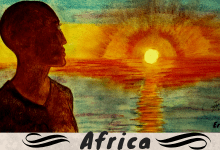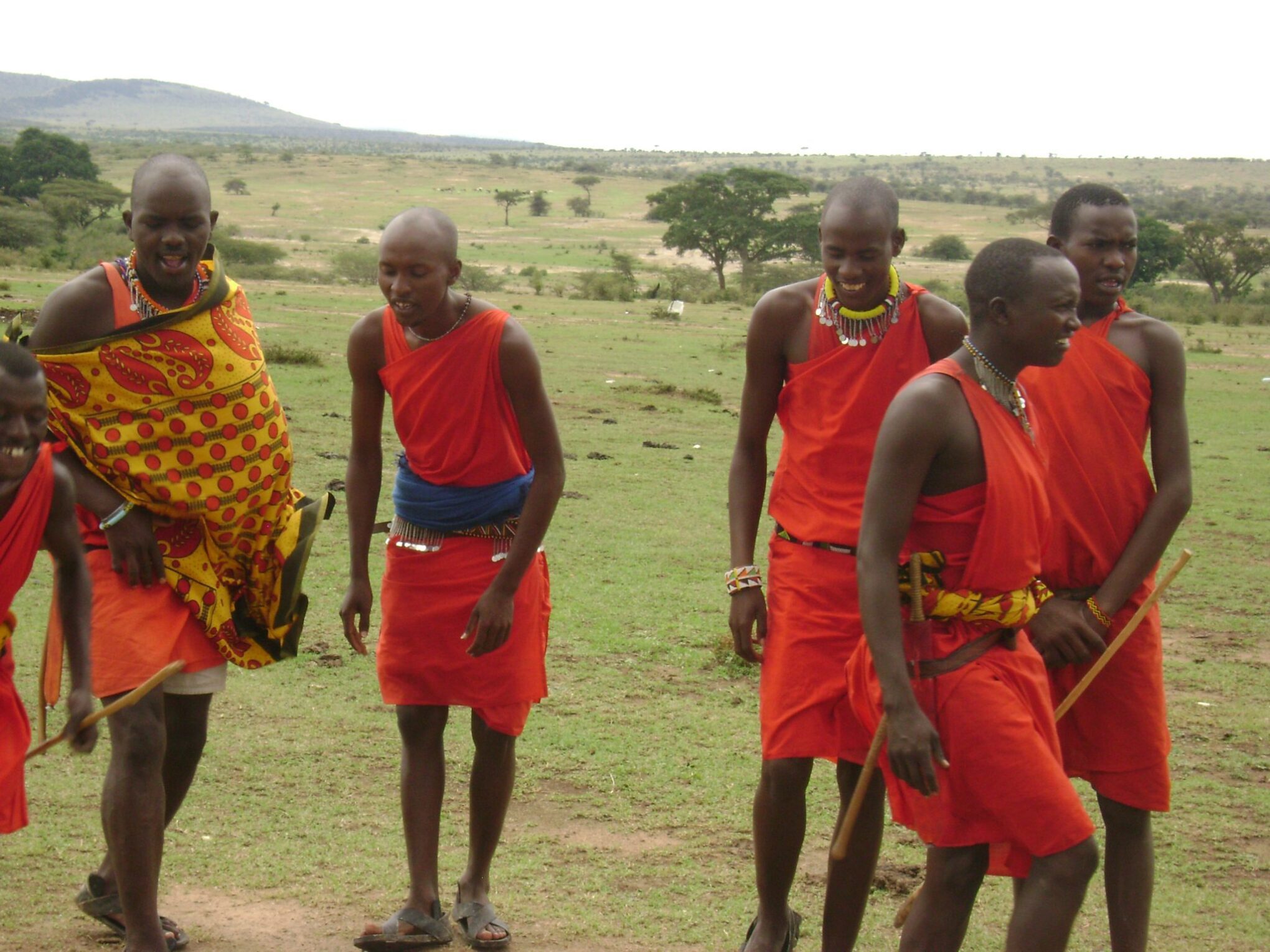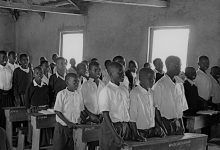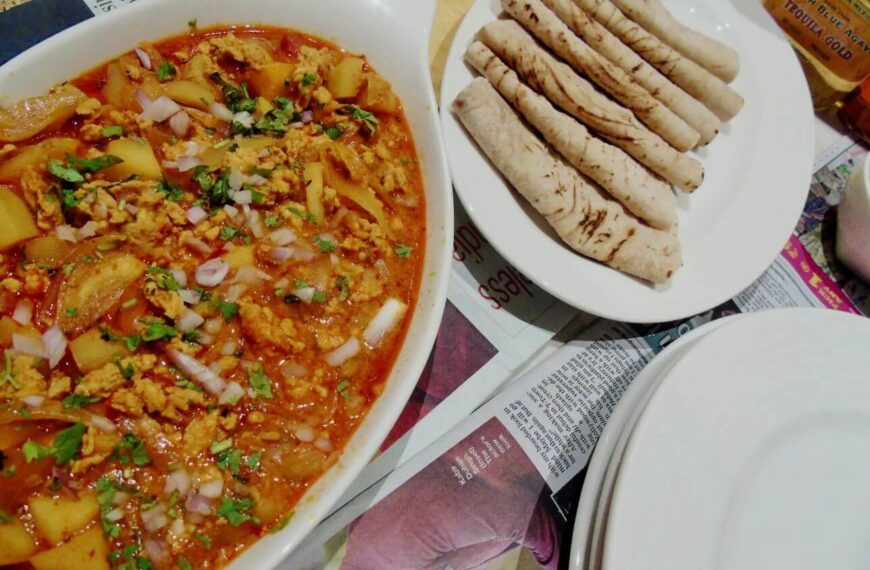The Maasai people are one of the tallest tribes in Africa. They are a unique and popular tribe of Kenya due to their long preserved culture. Their distinctive culture, dress style and strategic territory along the game parks of Kenya and Tanzania have made them one of East Africa’s most internationally famous tourist attractions. An exploration by Dr. Paramita. A Different Truths exclusive for the Special Issue on Africa.

Being the daughter of a renowned Anthropologist I was always fascinated with tribal people and their rituals. Some years back we had gone to a vacation to Kenya and South Africa. When in Kenya, I was keen to meet the Maasai tribe. So we booked a tour to the Maasai village. We had to travel a short distance from the wooden lodge beside the Maasai Mara forest reserve where we were staying.
The Maasai people are one of the tallest tribes in Africa. They are a unique and popular tribe of Kenya due to their long preserved culture. Their distinctive culture, dress style and strategic territory along the game parks of Kenya and Tanzania have made them one of East Africa’s most internationally famous tourist attractions.
We reached their village in the afternoon. There was a group of tribal men in very colourful attires. Their unstitched garments were mainly red in colour. Red…my favourite colour. The red sheets (shuka) were wrapped around their bodies and they wore beaded jewellery around their necks and arms. Their large earlobes had metal loops. Most of them were barefooted. They welcomed us. They gestured us to dance with them. In fact, the tribal chief could talk in English. So he told us in broken English to try the dance one by one. We had to jump with the group of men in turns. What stamina they had! They were like springs jumping up and down as if they were jumping on a trampoline. We were no match to them.
One was wearing a hat made out of lion’s skin, which they had killed many years ago. Yes, all men were well built and showed they can easily fight a lion barehanded. They told us they were not scared of lions. They are a warrior tribe. To be a Maasai is to be born into one of the world’s last great warrior cultures. A boy learns the responsibilities of a man and a warrior. The role of a warrior is to protect their animals from humans and animal predators.
They took us to their village, which had a high wall all around. It was a tiny village with hardly twenty huts around. The village mud floor was covered with cow dung. There was a light drizzle so it was difficult to walk on the slippery ground. Thankfully, we were all wearing walking shoes but we were amazed to see the tribal folks walk with ease on the slippery floor. There were a lot of cattle to be seen everywhere. The Maasai tribe has a deep almost sacred relationship with cattle. All the huts were made up of mud. They are called kraals. These rounded huts are mostly built by women with mud, grass and cow dung. The men were very hospitable and wanted us to go into their huts. So we went to one of them. We realised how poor they were and felt good that we had come to meet them. If more tourists visit them they will have some income. The money paid by tourists like us will surely help their lifestyle. In fact, it is one of their main sources of income now.
The Chief then showed us a few teeth of a lion. That was the first time I saw a lion’s teeth.
Then we saw a wonderful thing. They took us to a little opening where the ground was not covered by cow dung. Three men took out two sticks and went on rubbing them. At last, they made fire out of two sticks. Can you believe that?
We didn’t see any women in the open. We could only see them in the dark, in the huts. Some children were walking along with us when we were going around in the village.
The tour of the village was over. We went back to our forest lodge thinking about the simple and naive tribes, who measure wealth by the number of cattle and children one has.
Photos by the author
#Masai #TribesOfAfrica #TravelAfrica #KenayaAndTanzania #SpecialFeature #Africa #DifferentTruths






 By
By

 By
By
Another article that I loved profoundly. From childhood, Maasai tribe was associated with mystery. An engima. Thank you for sharing your journey and experience. I am glad that though it has become tourist attraction,still they were able to keep their tradition, culture and custom alive.
Regards